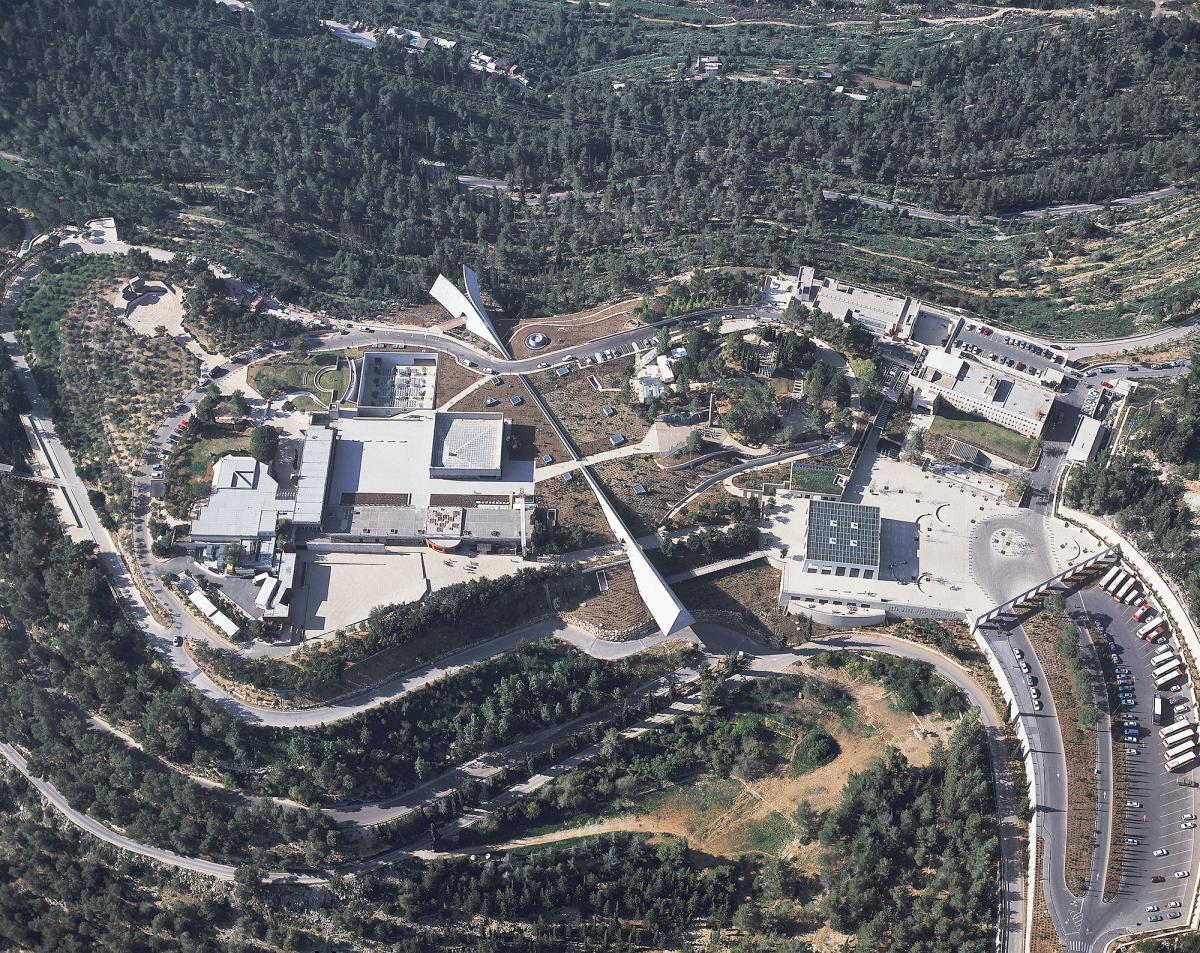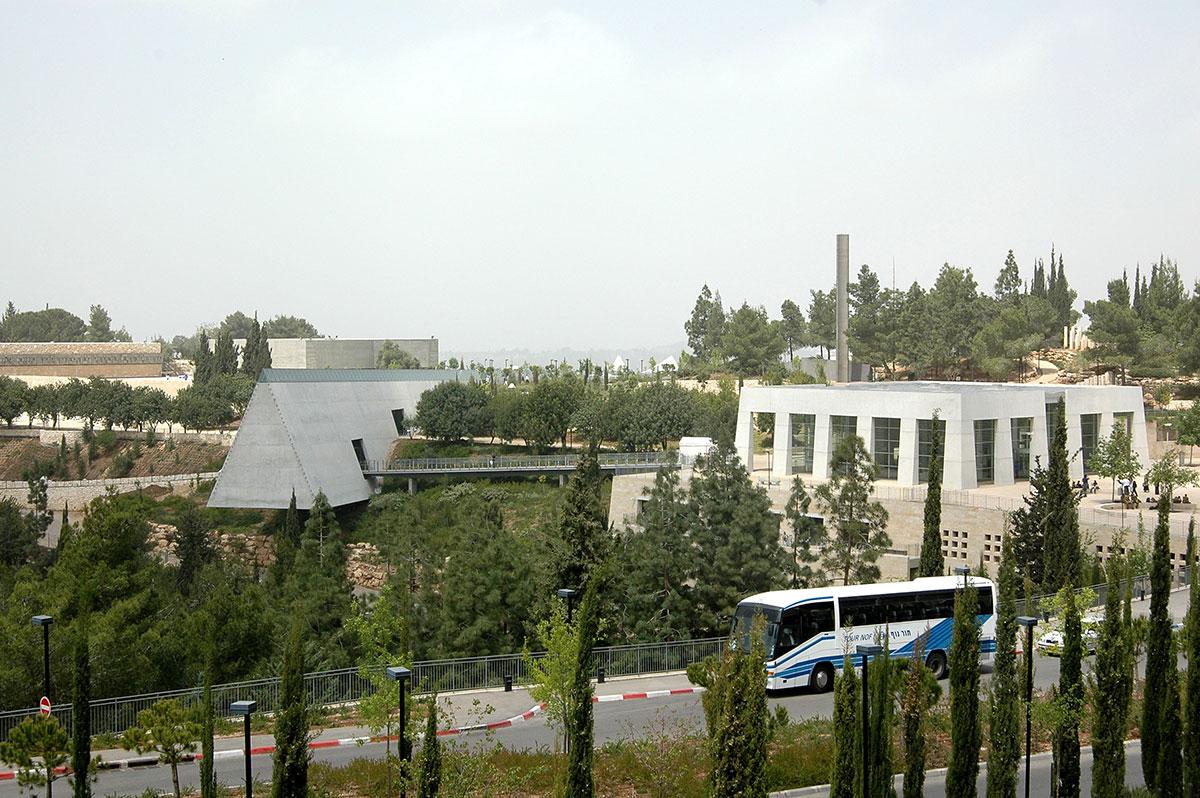



"Yad Vashem is not a museum; it is a space for memory," said Avner Shalev, Chairman of Yad Vashem Directorate, at a special seminar held this summer dedicated to the topic of architecture and Holocaust remembrance. The seminar was the initiative of Prof. David Guggenheim, faculty member of the Bezalel Academy of Arts and Design, and architect Daniel Mintz, who together were awarded the 2012 Rechter Prize for the design of the new International Seminars Wing of the International School for Holocaust Studies; and Prof. Richard I. (Yerachmiel) Cohen, Incumbent of the Paulette and Claude Kelman Chair in French Jewry Studies in the Department of Jewish History at the Hebrew University of Jerusalem.
Speaking at the opening panel were Head of the International Institute for Holocaust Research and Incumbent of the John Najmann Chair for Holocaust Studies Prof. Dan Michman, Bezalel President Prof. Eva Illouz and Prof. Guggenheim. Additional speakers included Prof. Antoine Grumbach (France), who spoke of exhibition design and urban planning as elements of remembrance, and Prof. Nahum Tevet (Israel), who delivered an address on "Traces of Memory."
Lectures and panels primarily focused on the artistic means to effectively provide memorial space, with Shalev focusing in depth on the unique architecture styles visible across the Yad Vashem campus that reflect various structural concepts of remembrance which have evolved over the past six decades: "The first structure of architectural significance [the Hall of Remembrance], created a space of memory for those who survived the Holocaust and immigrated to Israel, and for many held a deep and unique meaning which became manifested in the form of a physical place," explained Shalev. "Upon rebuilding their lives anew in Israel, Yad Vashem was viewed by many survivors and their descendants as a place in which they could speak to or eternally memorialize their loved ones, reflect on life or God, and internalize and express an entire world of thoughts, emotions, questions and memories." It was in this fashion that an open space on an empty hill in Jerusalem would undergo a far-reaching transformation and become the Mount of Remembrance, giving extraordinary context to the meaningful impact a space dedicated to memory can have.
The seminar took place with the generous support of the Gutwirth Family Fund and was held by the International Institute for Holocaust Research in cooperation with the Bezalel Academy of Arts and Design and the Hebrew University of Jerusalem.










